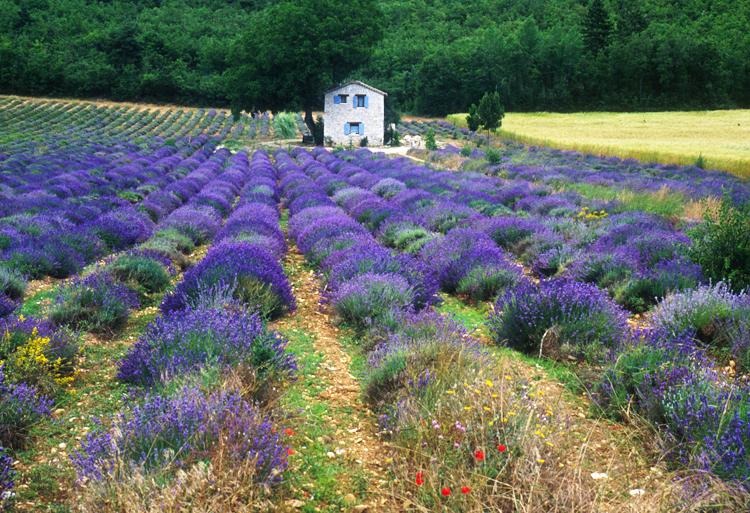Essential Oil Stories
The increased popularity of essential oils has had interesting yet not always intended consequences. One of the phenomena we observed is that authentic oils are becoming more scarce. Or as one would say in more technical terms supply chains are becoming strained or even exhausted.
I remember the first time this happened during our time at OSA was when Ravintsara was unavailable. “There just are no leaves” was the laconic statement of the exporters from Madagascar. This was a while back in the mid 90s. When we ran analyses of the first batches that became available again after the shortage the oils were not the same as before. I could never come up with a logical explanation and eventually the issue slipped out of sight as the new provenance apparently was working well and generally had the hallmarks of Ravintsara.
Recently two other oils had been temporarily unavailable. Interestingly both oils are sought after for their anti-inflammatory properties. One was Moroccan Chamomile (Tanacetum annuum) and the other one was Cape Chamomile (Eriocephalus punctulatus). Let us first look a Moroccan Chamomile. It is finally back on the market after two years and the fragrance and overall qualities are such that those used to the previous batches are happy with the new crop.
However, similar to the described situation with the Ravintsara in the 1990s, the chemical composition of Moroccan Chamomile oil does not seem to be 100% established. Without going into detail it appears that the data published on the composition of the oil do vary. I remember that in the 1990s analyses of this oil showed, next to mono terpene hydrocarbons and chamazulene a variety of sesquiterpene lactones, generally thought to be at least in part responsible for the outstanding anti-allergic properties of this oil. In today’s age of standardized testing and probably standardized libraries of mass spectra sesquiterpene lactones are not mentioned in current publications on the composition of Moroccan Chamomile. Ideally one would hop on an airplane and go to the production area and attempt to clarify the situation on the spot. The next best option is to have a sample from the provenance as it was prior to the oil being unavailable. And this is exactly what we offer to those who wish to do their own olfactory forensics.
We offer a few bottles of a historic batch of Moroccan Chamomile (Tanacetum annuum) essential oil. The bottles are about 4 years old, purchased two years before the oil became temporarily unavailable. These oils are not for those who are worried their oils might go bad. This is from the vault for those who would like to do their own explorations.
